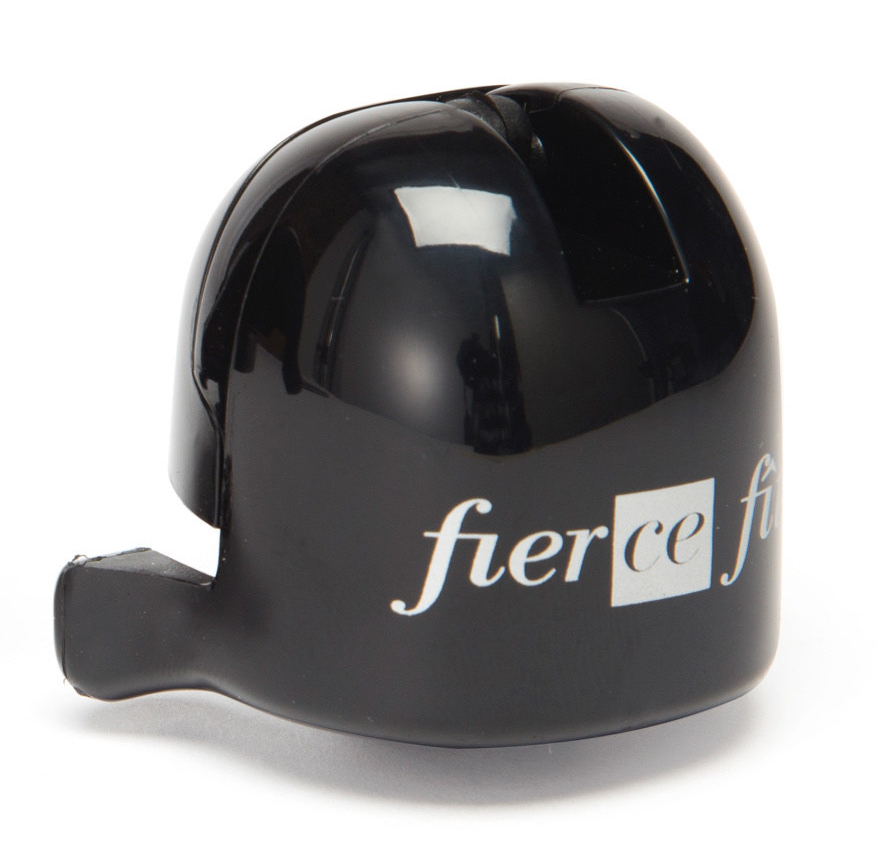Discover Champagne in 5 minutes
Champagne is a wine. We almost tend to forget it because its name speaks for itself. With its success, Champagne has become a brand in its own right, but it is important to remember that it is above all a wine. A wine belonging to the family of effervescent wines, as opposed to still wines.
A BIT OF HISTORY
Champagne's winemaking tradition dates back to Gallo-Roman times. It was the Romans who planted the first vines. In Champagne they were able to identify the most favorable slopes, choose well-drained, sun-exposed soils, and select the vines most resistant to the climate. After the fall of the Roman Empire, monasteries replanted the vines and, from then on, monks devoted themselves to the practical study of this drink whose effervescent qualities had earned it the nickname "the devil's wine."
Around 1670 Dom Pérignon, a Benedictine monk who held the position of "cellarman-intendent" at the Abbey of Saint-Pierre d'Hautvillers, was the first to blend a combination of different grapes before pressing. The grapes used were those harvested in the surrounding vineyards by the winegrowers, who were obliged at that time to provide part of their harvest to the monastery in payment of the tithe.
As he worked on the various blends, his goal was to arrive at a better quality and balance in the wines. Thus was born what would become the traditional blend.
IL N'EST CHAMPAGNE QUE DE LA CHAMPAGNE
Only wines produced, harvested and processed in the delimited Champagne area in France can be called Champagne! The AOC (appellation d'origine contrôlée) production area was defined by a 1927 law and covers 33,900 hectares. On July 4, 2015, the "Coteaux, Maisons & Caves de Champagne" were added to the UNESCO World Heritage list.
THE CHAMPAGNE VINEYARD
It is divided into four main regions. North of Epernay is the Montagne de Reims, where Pinot Noir offers power and generosity. In the center, west of Épernay, following the river of the same name, is the Vallée de la Marne, known for the fruitiness of Meunier. South of Épernay, the Côte des Blancs and its chalky soils are the promised land of elegant Chardonnay. A hundred kilometers further south, the Côte des Bars with its continental climate reveals to us a Pinot Noir in lightness. But within these large areas, there is a mosaic of microterroirs.
EACH CUVÉE CONVEYS ITS TERROIR
Each parcel gives the wine its own identity. All will leave their own imprint on the vine. This diversity gives rise to infinite combinations for blends. Each Cuvée thus conveys its terroir but also the soul of the Vigneron who creates it. His way of elaborating the Cuvées derives from the transmission of the champenois method but is also linked both to the personal history of his maison and to his own flair. If some producers will try to emphasize fruitiness, others will seek minerality or vinosity...
THE VINES
The Champenois method, which bears the AOC appellation, is based mainly on the use of 3 main grape varieties out of the 7 authorized. Thus, Chardonnay, Pinot Noir and Meunier are the three grape varieties on which the elaboration of Champagne and blends is based (pinot blanc, pinot gris, arbane, petit meslier remain minorities to this day).
Chardonnay is a delicate, early variety with yellow-green skin and colorless flesh. It offers incomparable elegance and finesse on the palate. Chardonnay wines are recognizable for their floral and mineral notes and delicate citrus aromas. Characterized by slow evolution, it is a variety that can be allowed to age for many years. Blending 100% Chardonnay gives rise to Champagnes Blanc de Blancs.
Pinot Noir, a grape with black skin and colorless flesh, brings length to the palate. It is recognized for its power and body, as well as its aromas of red fruits such as black currant or cherry. It can also release more spicy notes, such as cinnamon. Blending 100% Pinot Noir gives rise to Champagnes Blanc de Noirs.
Meunier is a grape that evolves rapidly and withstands favorably the difficult climatic conditions to which the vineyard is subjected. The grape, with black skin and colorless flesh, gives roundness and intensity to its light-colored wines with raspberry and green apple aromas. The 100% Meunier blend gives rise to Champagnes Blanc de Noirs.
THE TYPOLOGIES
Brut Tradition: this expression indicates the most common winemaking technique. This Champagne is made with all 3 grape varieties Chardonnay, Pinot Noir and Meunier or with 2 of them, one of which must be Chardonnay. The percentages of the three grape varieties in the Cuvée may vary.
Blanc de Blancs is a Champagne made from the only white grape variety, Chardonnay, which gives us a Champagne with a lot of freshness, lightness and delicacy.
Blanc de Noirs is a blend of only black grapes (Pinot noir and/or Meunier), two grape varieties with black skin but white flesh. This Champagne is characterized by greater power and aromas reminiscent of red fruits.
Champagne Rosé can be vinified in two ways : either from a short maceration of black grapes, which allows some of their color to be extracted (Rosé de Saignée) or from blending still red and white wine from the appellation. It is the only French wine that can be made from the blending of red and white wine.
CHAMPAGNE AT A DINNER
The diversity of its terroirs, the alchemy of blends, the secret of liqueurs de tirage, and the long years of maturation in spectacular cellars give rise to a multitude of profiles, capable of delighting all palates, from aperitif to dessert!
Champagne is a region where the beauty of the terroir and the ancestral know-how of women and men result in exceptional wine.
And now that you know all about Champagne, head to our Boutique to taste it from aperitif to dessert.
Cheers et à votre santé!

 My bag
My bag
 The Boutique
The Boutique
 Login
Login


